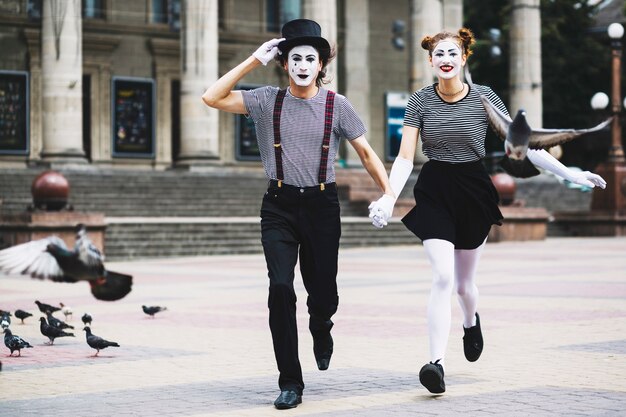
Sponsored article
Modern dance, a constantly evolving art form, draws heavily from its theatrical roots. The relationship between theater and dance has propelled both disciplines forward, resulting in a rich tapestry of creative expression. This article delves into the dynamic interaction between these performing arts, exploring how theatrical techniques continue to influence and inspire choreographers and dancers today, setting the stage for captivating performances that resonate with audiences worldwide.
The historical connection between theater and dance is deeply rooted in the fabric of performing arts, showcasing a dynamic interplay that spans centuries. From ancient rituals to grandiose stages, theater and dance have evolved together, with theater often setting the stage—literally and figuratively—for the dance evolution. In historical context, theater provided a structured narrative format that dance embraced, leading to a rich tradition of storytelling through movement. Notably, the following influences from theater significantly impacted modern dance practices:
These historical intersections have contributed profoundly to the broader performing arts landscape, culminating in the nuanced and diverse expressions of modern dance that we see today.
Storytelling plays a pivotal role in connecting theater and modern dance, as it transforms abstract movement into an emotive narrative experience. By integrating narrative techniques from theater, choreographers are able to convey complex themes and emotions through dance. The use of theatrical elements such as character, setting, and plot structure enhances the storytelling capabilities of dance, allowing audiences to engage with performances on a deeper level. Several techniques facilitate this integration:
These methods allow modern dance to transcend pure aesthetics, compellingly blending storytelling with movement to captivate audiences.
Theater has long been a rich source of inspiration for modern dance choreographers, with theatrical techniques driving choreographic innovation that transcends traditional dance boundaries. By incorporating improvisation and character development into the creative process, choreographers are able to explore new movement styles that blur the lines between narrative storytelling and physical expression. Improvisation, a staple in theatrical practice, encourages dancers to break free from scripted movement, fostering a sense of spontaneity and artistic freedom. This approach results in choreography that is dynamic and unpredictable, captivating audiences with its novelty and emotional depth. Similarly, character development brings a layer of complexity to dance performances, as dancers embody personas that can evoke a wide range of emotions and themes. By channeling these theatrical techniques, modern dance practitioners are not only redefining choreography but also pushing the artistic boundaries of movement styles, creating performances that resonate on both a visceral and intellectual level.